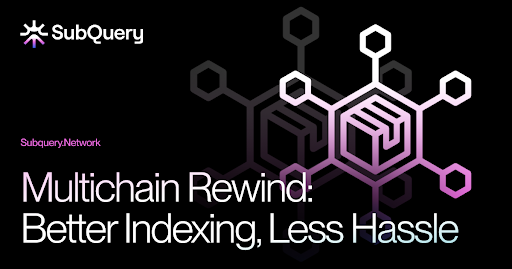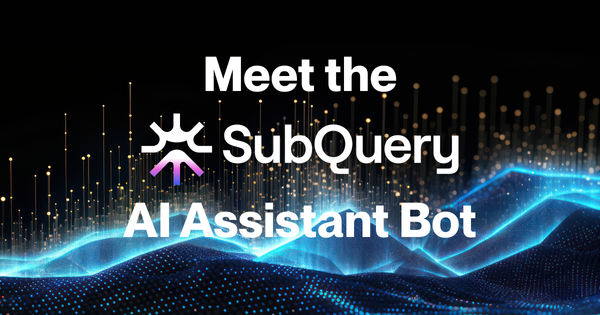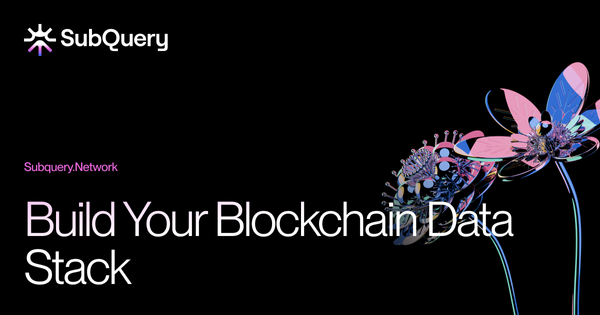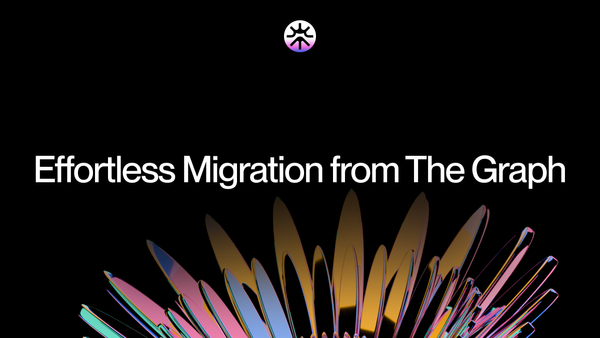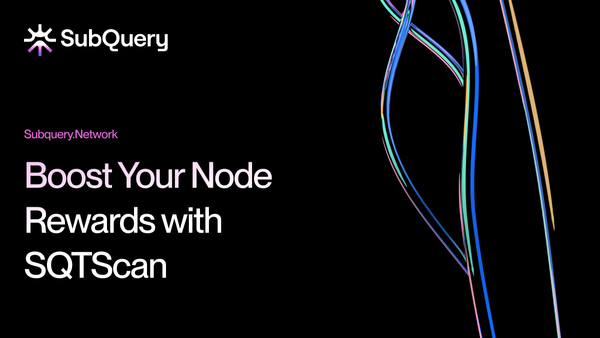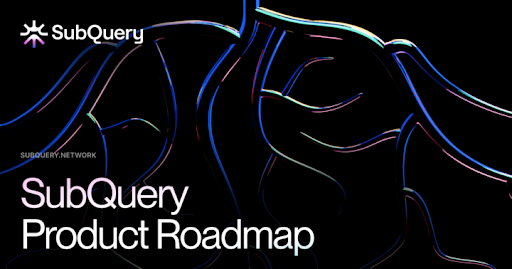Today we’re launching the first version of our new developer SDK, the SubQuery AI App Framework.
The AI App Framework allows you to build, deploy, and run production AI apps on the SubQuery Network in a trusted and decentralised environment. AI apps are self-contained and easily scalable AI agents that you can use to power your intelligent applications. They are sandboxed to a trusted runner and can be easily distributed and scaled horizontally across the SubQuery Network.
Starting with the new SubQuery AI Assistant
The framework provides a shortcut for developers to start incorporating AI into their applications in a decentralised and secure way today, we can’t wait to see how our customers will use it!
Today we’re launching with an example open-source use case on the SubQuery Network, SubQuery’s new support chatbot. On both our docs and on our network application, you can chat with SubQuery’s AI assistant for common questions about SubQuery’s SDK, about the decentralised network, and even queries about your own staking rewards.
The AI App shows off our function tooling capabilities to query wallet balances and network analytics in real-time, and has also been trained with a detailed RAG of the SubQuery documentation so it easily understands how SubQuery works.
Try it out now and ask it any question, or see how it is built here - you could adapt it to your own decentralised application in a few minutes!
What can you build with SubQuery’s AI App Framework?
SubQuery’s AI App Framework is a powerful but intuitive SDK to help you build advanced AI applications in minutes. It’s built on typescript and is extremely easy to use, essentially simplifying most of the backend tasks required to customise and integrate LLM models into production usecases.
For example, you could use it to build:
- A customer support bot, trained on the documentation for your project and able to guide customers through their problems. It could also be trained to submit clean and detailed customer support tickets when escalation is required.
- Wallet assistants that help users understand the tokens they have and guide them through the process of managing, bridging, or swapping them. For example, a user could ask “how do I convert ETH to SQT?” and the AI would guide them through the options.
- Content moderation for decentralised social networks, AI Apps could be trained to moderate content by identifying spam or harmful content and using function tools to disable or hide them.
- AI agents to improve participation in governance. By analysing and summarising proposals in DAOs and assisting users in making informed voting decisions based on data-driven insights.
- Dynamic pricing models, by analysing demand and supply in real-time, adjusting prices for tokens or NFTs dynamically based on user behaviour and market trends.
Features
- Effortless decentralised distribution: The SubQuery AI App Framework uses a sandboxed environment for secure and efficient operations. Each AI App is encapsulated with its own manifest, enabling seamless distribution across the SubQuery Network. This ensures that horizontal scaling is not only easy but also secure, allowing developers to focus on innovation rather than infrastructure.
- Empower your AI with RAGs: By integrating RAG (Retrieval-Augmented Generation) files, your AI Apps can leverage domain-specific knowledge efficiently. With initial support for LanceDB and future compatibility with other vector databases, developers can enhance their applications' performance and accuracy. Additionally, publishing to IPFS ensures data integrity and accessibility.
- Your AI journey starts here: The SubQuerty AI App framework is designed with user-friendliness in mind, providing intuitive wrappers around core features. This lowers the barrier to entry for developers of all skill levels, making it easier to create, run, and deploy AI Apps.
- Connect, create, and integrate with function tooling: You can extend your AI Apps with additional function tooling, facilitating connections to external systems and tools. This capability enables rich integrations, allowing users to create versatile applications that can interact seamlessly with blockchains and other ecosystems.
- Choose your own model: By supporting a range of open-source LLM models, starting with Ollama-compatible ones, the SubQuery AI App Framework ensures that users can choose the best model for their applications without being locked into a specific model ecosystem. This flexibility fosters open-source innovation.
- Proven standards for seamless integration: SubQuery AI Apps expose the industry-standard OpenAI API, ensuring compatibility with a wide range of applications and tools. This makes it easier for developers to integrate AI capabilities into their projects while adhering to established standards.
Running your AI Apps
The SubQuery AI Apps framework is and always will be open-source, meaning you can extend it and run it in a variety of ways.
Initially we will support two methods to running your AI apps, but we expect this number to grow over time. You can run it yourself locally or a cloud provider of your choosing, using Docker or running the individual components using NodeJS services.
Alternatively, you can publish your AI Apps to the SubQuery Network. The AI Apps framework has been built from the ground up to support running on our decentralised network. This means that your AI apps can easily be deployed onto our decentralised network and scaled horizontally.
About SubQuery
SubQuery Network is innovating web3 infrastructure with tools that empower builders to decentralise the future - without compromise. Our flexible DePIN infrastructure network powers the fastest data indexers, the most scalable RPCs, innovative Data Nodes, and leading open source AI models. We are the roots of the web3 landscape, helping blockchain developers and their cutting-edge applications to flourish. We’re not just a company - we’re a movement driving an inclusive and decentralised web3 era. Let’s shape the future of web3, together.
Linktree | Website | Discord | Telegram | Twitter | Blog | Medium | LinkedIn | YouTube


